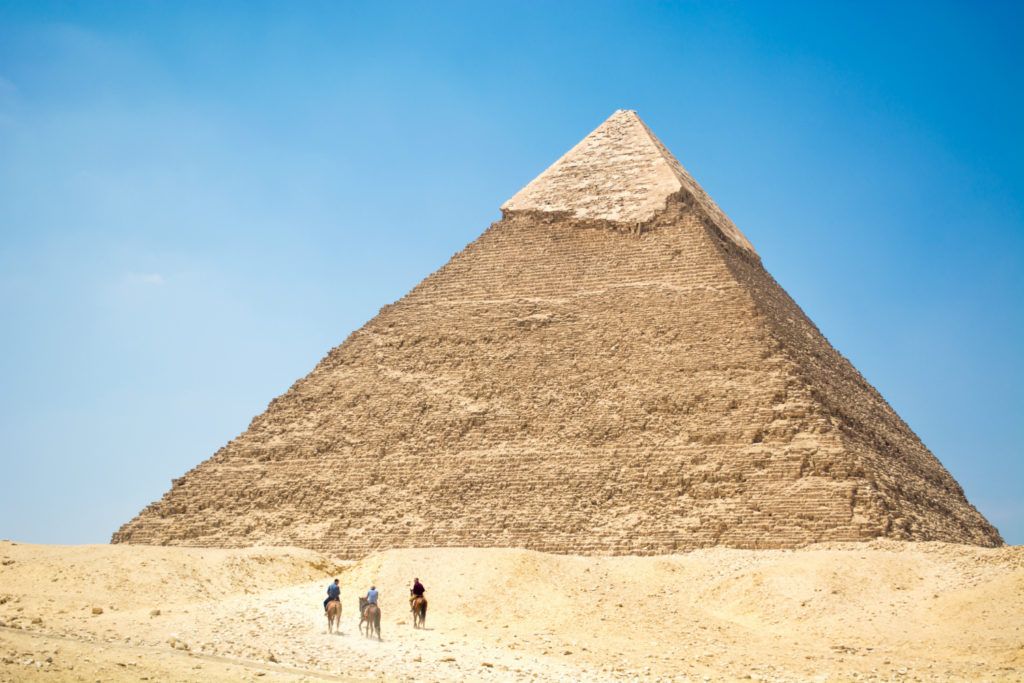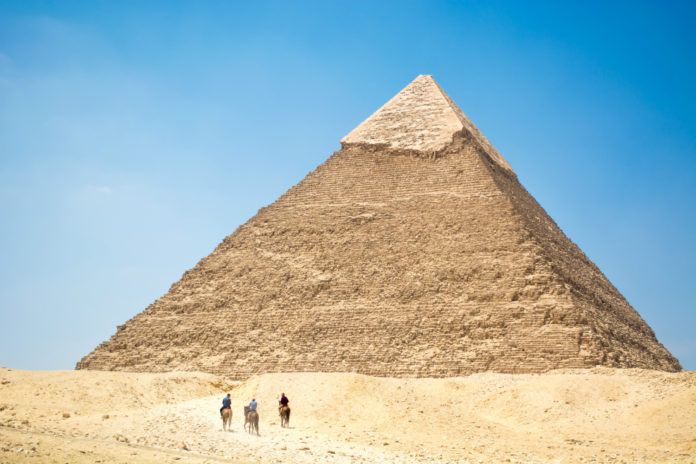
Photo Credit: Mouad Mabrouk /Pexels
Physicists were able to detect an unidentified cavity in the Great Pyramid of Giza all thanks to the novel imaging method, ‘Cosmic-ray Muon Radiography’. It is said to be a huge void of at least 100 feet long. Although the true intent of its purpose is still a mystery, this passage is said to be empty.
In simpler terms, Cosmic-ray Imaging is an X-ray technique for entire buildings. It uses the subatomic particles called, ‘Muons’ rained to the earth when cosmic rays’ high energy particles collide with earth’s upper atmosphere. These muons pass through everything invisibly and more easily through empty spaces than others. So the technique uses this unique characteristic and measure how much Muons are passing in and out through certain spaces. Through solid spaces, they lose their energy can get absorbed.
There are some theories for this cavity’s existence. One such idea is that it can be a leftover from the construction which could have been used to move blocks inside the pyramid. Although highly curious, this void will not be drilled into for further observation. The researchers plan is to analyse it further by non-invasive methods.
Standing tall for the last 4500 years, the Great Pyramid of Giza is a living proof of ancient architectural genius. It was the tallest building for 4000 years. Covering a base of 13 acres and with 2.3 million blocks of limestone, this gigantic monument was built for the Pharaoh Khufu. And this secret void is said to be placed above the Grand Gallery, which makes it the largest cavity found in the pyramid since the 1800s.
The research study is published in the Nature Journal.

